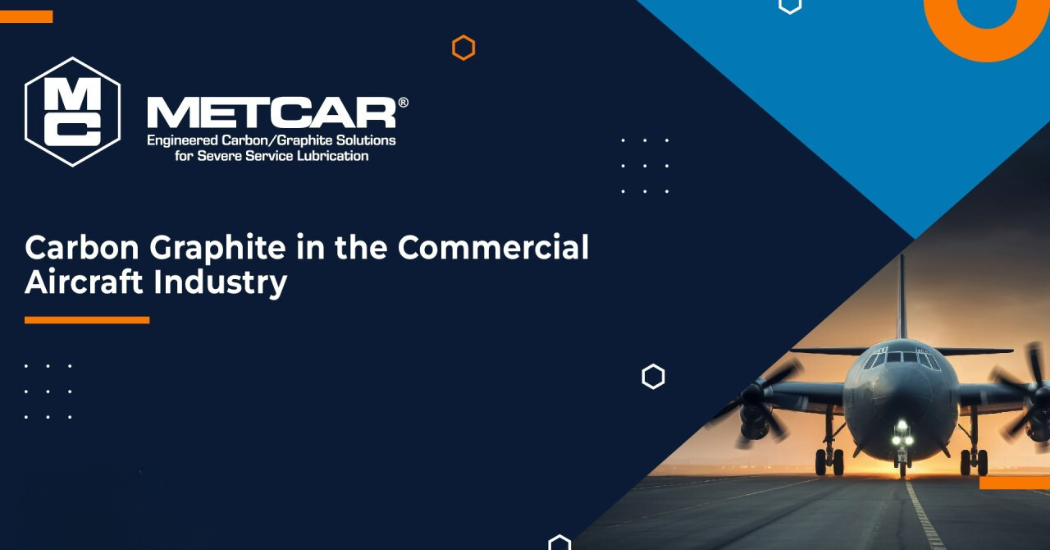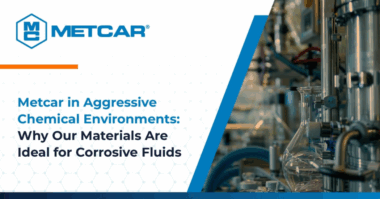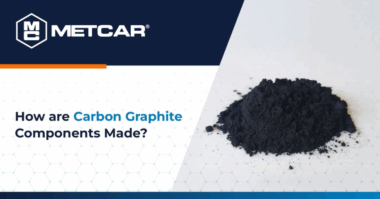Carbon graphite has become a key material for commercial aircraft, offering properties that make it ideal for withstanding extreme conditions and enhancing the efficiency of airplanes. These vehicles, designed to transport people and goods globally, face environmental challenges ranging from extreme temperatures to exposure to humidity, sand, dust, and other elements. In this article, Metcar will explore how carbon graphite is transforming the aerospace industry, driving advancements in fuel efficiency and the durability of components.
Benefits of Carbon Graphite in Commercial Aircraft
- Lightweight and Strong: Carbon graphite is known for its low weight, which helps reduce the overall weight of the aircraft. Lighter aircraft consume less fuel, resulting in significant long-term savings. Additionally, this material is resistant to adverse environmental conditions that can occur in the air or on the ground.
- Self-lubricating: Unlike other materials that require additional lubricants to function properly, carbon graphite is self-lubricating. This reduces the need for frequent maintenance, minimizing operational costs and aircraft downtime.
- Resistant to Oxidation and Corrosion: Resistance to oxidation is essential for components exposed to harsh environmental conditions. In aircraft that fly at high altitudes and through various weather conditions, this property is crucial for prolonging the lifespan of parts.
- High Thermal Conductivity: Carbon graphite efficiently dissipates heat, which is fundamental in critical applications such as air purge valves, fuel pumps, and shaft seals. By maintaining proper thermal control, this material helps prevent overheating that could damage aircraft systems.
Applications in the Aerospace Industry
The use of carbon graphite not only improves operational efficiency but also enhances the reliability of components in the following areas:
- Air Purge Valves: These valves, which regulate airflow within the engine, require a material that can withstand extreme temperatures and is self-lubricating to ensure continuous performance without frequent maintenance.
- Fuel Pumps and Meters: Carbon graphite, thanks to its resistance to oxidation and self-lubricating capabilities, is ideal for these critical applications. Its use ensures that fuel systems operate efficiently and safely during flights.
- Shaft Seals: These seals are responsible for preventing leaks and maintaining system integrity under different weather conditions. The durability of carbon graphite ensures that shaft seals function optimally for extended periods without premature wear.
The technology of carbon graphite has enabled aircraft engine manufacturers to design more efficient systems. By reducing the weight of components and improving thermal conductivity, engines can operate at lower temperatures, translating to greater fuel efficiency. In a context where the aerospace industry is constantly seeking to reduce its carbon footprint, these technological improvements are key to the future of commercial aviation.
As technology advances, Metcar is likely to see an increase in its application in other critical areas of aviation, contributing to a more efficient and sustainable industry.




